62.3 depth is okay.
So are 75 LGF’s. Remember that GIA rounds LGF’s to nearest 5% so 75 or 80 is recommended. The actuals in a 75 will vary from 73-77, whereas the actuals on a 80 will vary from 78-82.
Numerically smaller LGF’s result in fatter arrows and more contrast in the stone which can be appealing to some. Also they provide a little more fire in indirect/soft lighting conditions. Numerically larger LGF’s result in more skinny arrows but provide a better balance in very bright lighting. Many super ideal vendors consider 77-78 a nice balanced range, and nearly all super ideals are 76-79. Keep in mind super ideal stones normally come with AGS reports which report LGF to the nearest 1%. In GIA speak 75 or 80 does the same but could vary a little low or high because of their gross rounding.
Ultimately you have to visually assess and consider all the other proportions as sometimes a shorter or longer LGF can balance out a stone appropriately.
Facets Explained: Understanding the Lower Halves
Within robust diamond proportion sets, the lower girdle facets have great influence on the life and character of a diamond, particularly if the diamond has good patterning (optical symmetry or ‘Hearts & Arrows’ diamonds).www.whiteflash.com
IMO, the much bigger elephant in the room is that 32.5/41.8 combo. It does have an inverse relationship (shallow crown/steep pavilion or vice versa) but the pavilion crosses 41.2 and things go wonky when that happens.
Below is an example I used yesterday for someone shopping a 60-ish table with high pavilion. Light doesn’t strike off the pavilions properly after a certain angle and it causes translucent arrows which make for an unattractive stone that lacks contrast brilliance.
In comparison to a stone within ideal proportions:
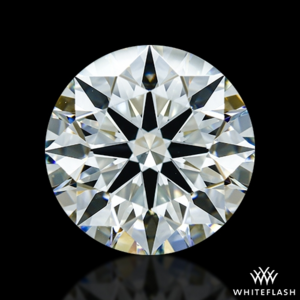
Thanks for the detailed response. Are the hearts and arrows visible under 10x loupe magnification please? I am wondering how I will assess this in person when viewing diamonds, as like you say the LGF is rounded.
Does that leave a portion of money to go towards the band/setting aswell then?

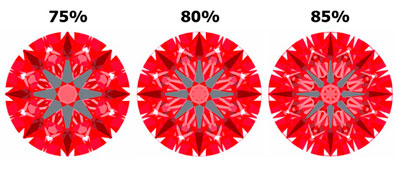
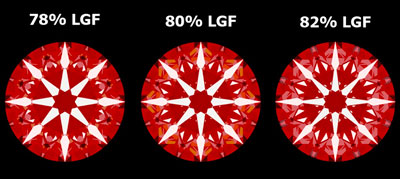
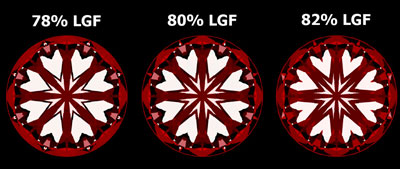
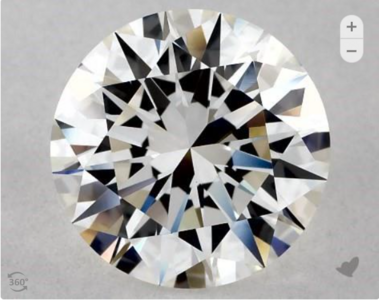
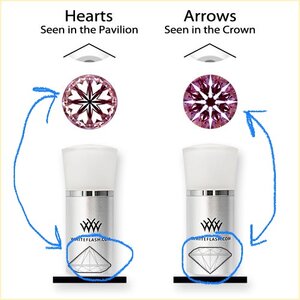
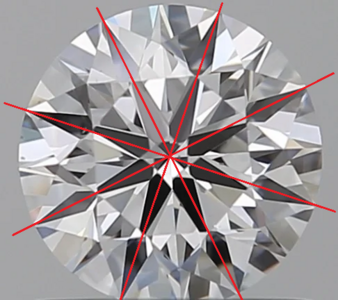
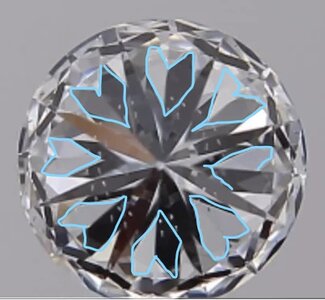
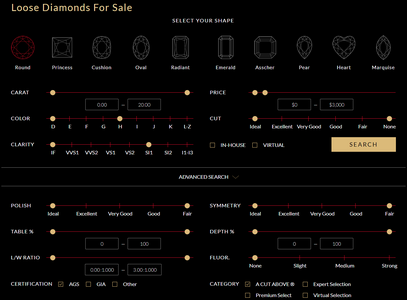
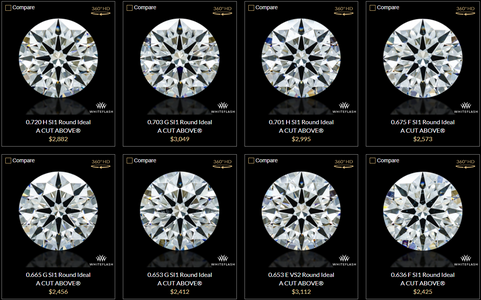
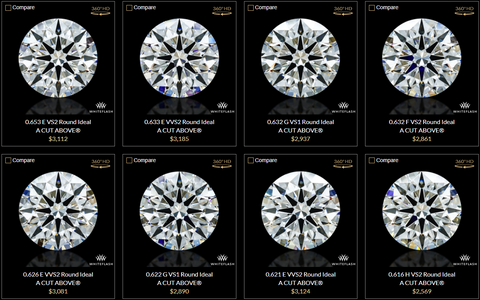
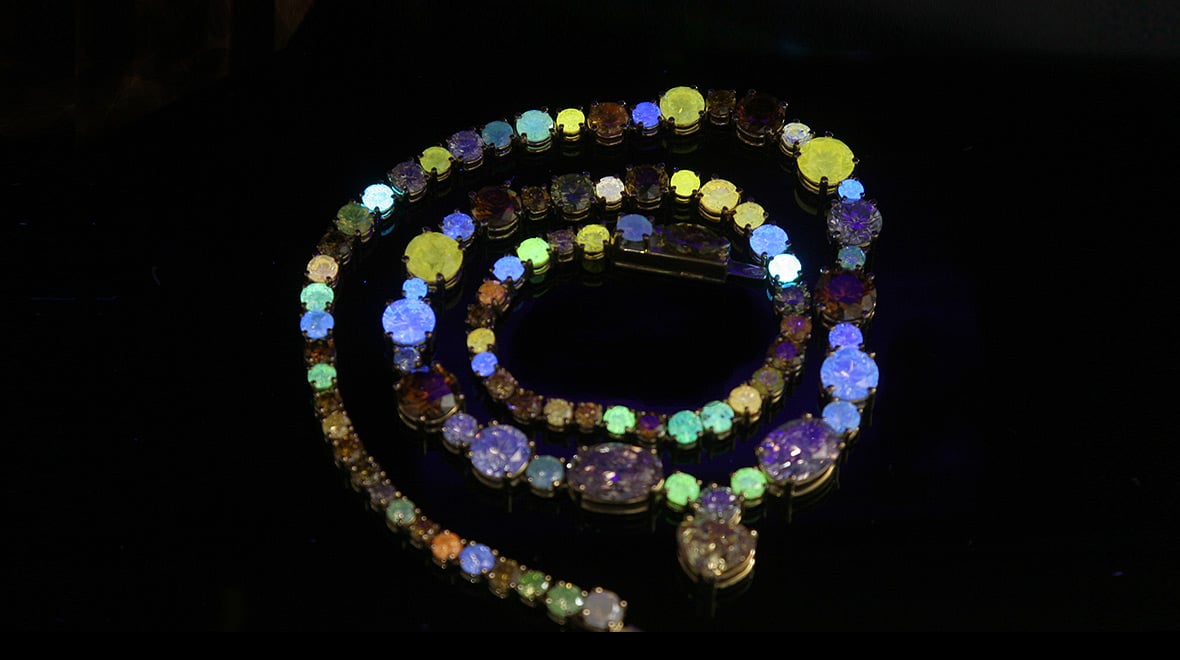
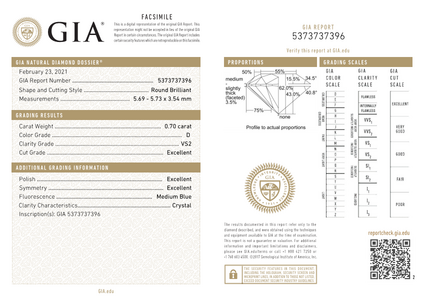
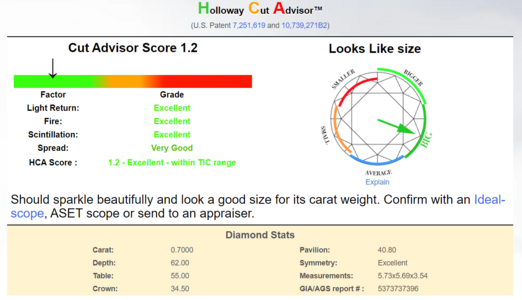
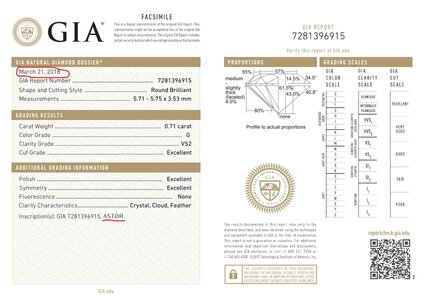
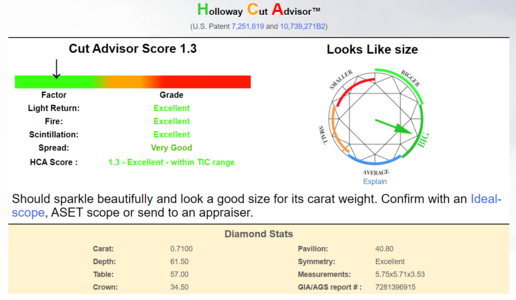
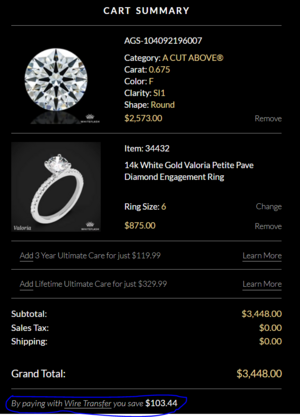
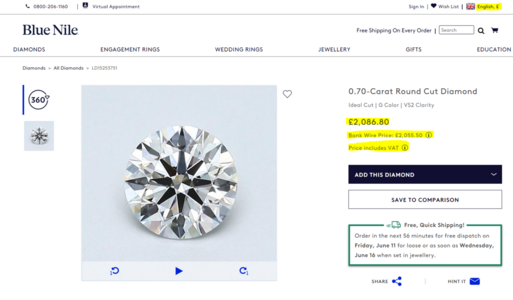
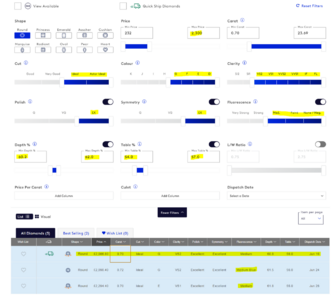

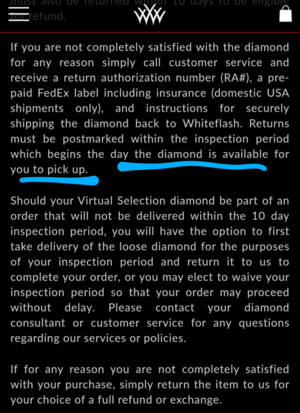
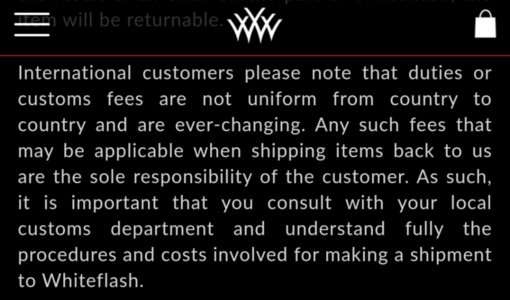
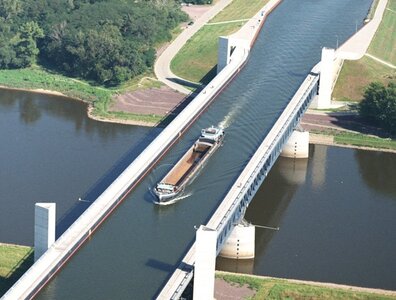
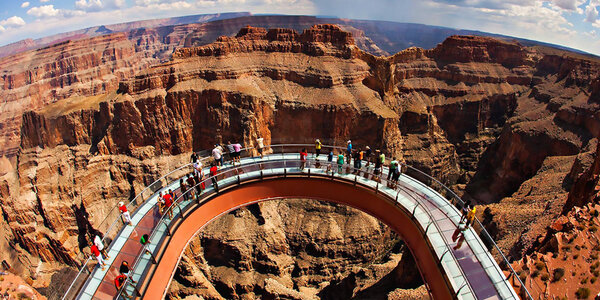
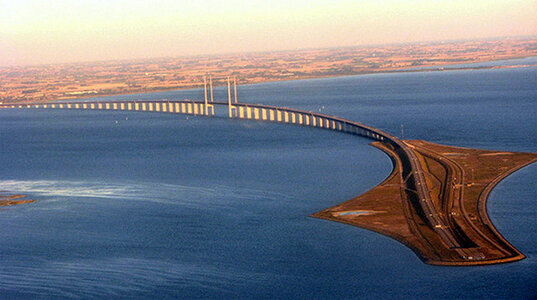


300x240.png)